
What a wise command! In the following, let me provide some examples of misinformation:
Examples of Misinformation
I."Carbon Pollution"
In this very address, President Obama used the term "carbon pollution" 30 times or so.
There really is no such thing as "carbon pollution." Carbon is a vital constituent of all living organisms on earth. If the term "carbon pollution" is meant to be a short form for the term "carbon dioxide pollution," then it ought to be spelled out, at least once in the address. However, assuming that that's what he actually meant, let's look at carbon dioxide.
II. "Carbon Dioxide Pollution"
There really is no such thing as "carbon dioxide pollution." Except for some bacteria that use other carbon sources, all life on earth is derived from and requires continued presence of carbon dioxide (CO2) in the earth's atmosphere. If the concentration of CO2 in the air, currently around 0.04%, were to fall by one half, say to 0.02%, most life on earth would come to a screeching halt. The partial pressure of CO2 at 0.02% in the atmosphere would be insufficient to sustain photosynthesis in most plants. Without growing plants, the bottom of the food-chain would disappear.
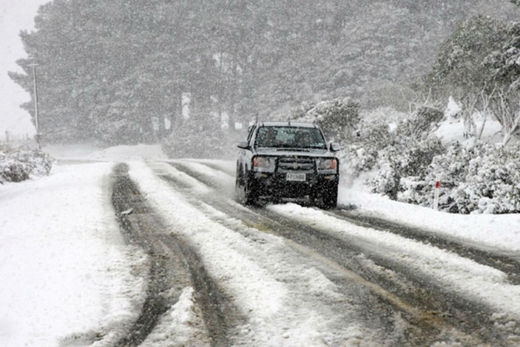
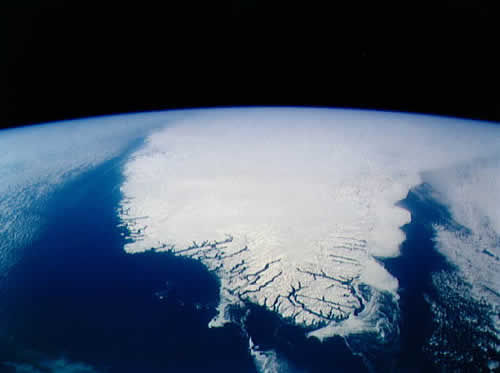
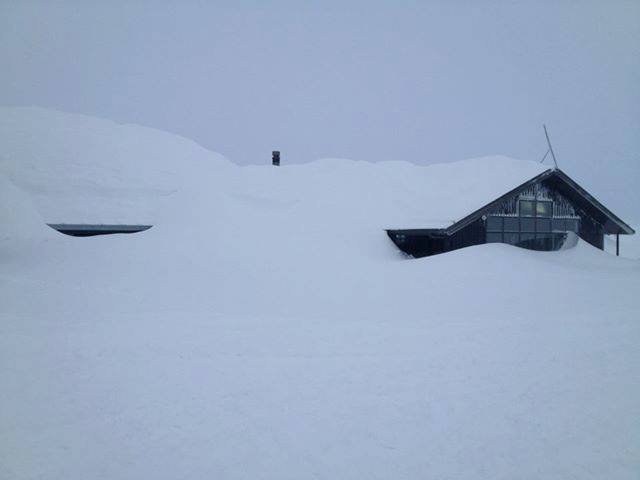
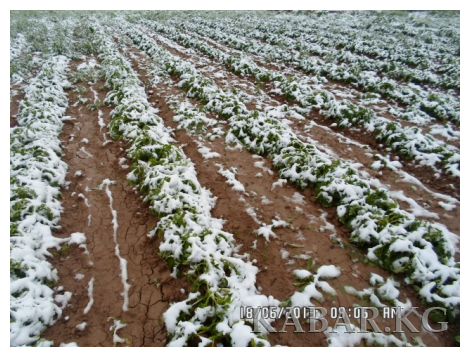

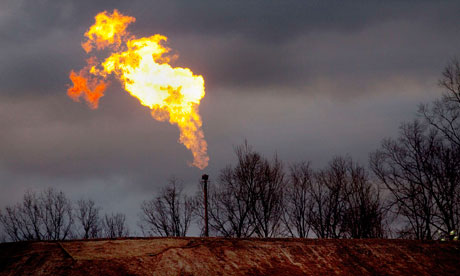
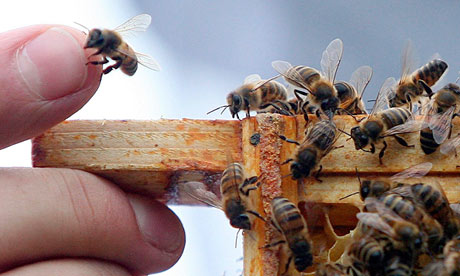



Comment: In fact, it can happen in a matter of months:
Last Ice Age took just SIX months to arrive